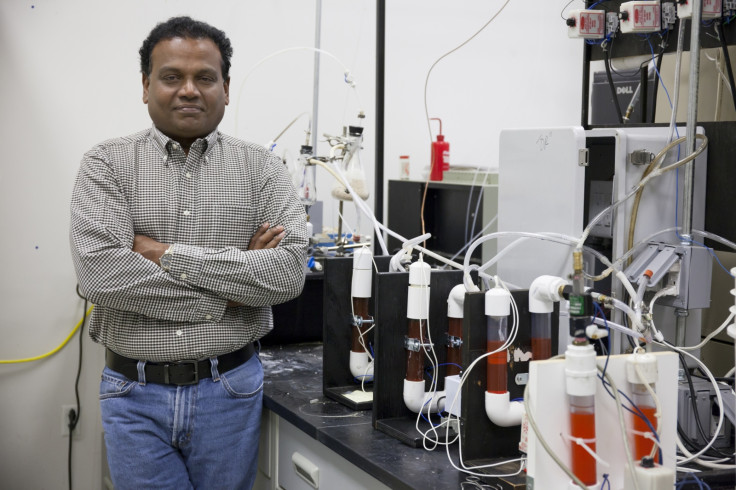Human Waste Can Fuel Rockets and Produce Oxygen on Space Missions, Shows Study

Researchers at the University of Florida have developed a method that can in a week process human waste to produce 290 litres of methane per crew per day.
The process can also produce about 750 litres of non-potable water annually.
Using electrolysis, the water can then be split into hydrogen and oxygen. The astronauts can breathe in the oxygen and the exhaled carbon dioxide and hydrogen can be converted back to methane and water.
The process led to the creation of an anaerobic digester which kills pathogens in the human waste and produces biogas -- a mixture of methane and carbon dioxide by breaking down organic matter in waste.
Nasa had supplied the UF scientists with a package of chemically produced human waste which included simulated food waste, towels, wash cloths, clothing and packaging materials.
The team ran laboratory tests to find out how much methane could be produced from the waste and how quickly.
The study was published in the journal Advances in Space Research.
The methane could be used to fuel the rocket, say the team while in earth-bound applications, it can be used for heating, electricity generation or transportation.
Usually, Nasa stores human waste in containers loaded into space cargo vehicles that burn as they pass back through the Earth's atmosphere. But in long-term space missions it would be impractical to carry huge amounts of waste to be burnt in the earth's atmosphere.
A manned Mars mission is planned as early as 2021.
Natural and engineered organisms have been considered earlier too to convert waste into fuel.
More down to earth applications include the recently introduced A4 Bio-bus service from Bristol to Bath in the United Kingdom. It runs on human and food waste and produces 30% lesser emissions than its 'cleaner' versions.
One person's annual waste can power the bus for more than 50 km.
© Copyright IBTimes 2025. All rights reserved.




















